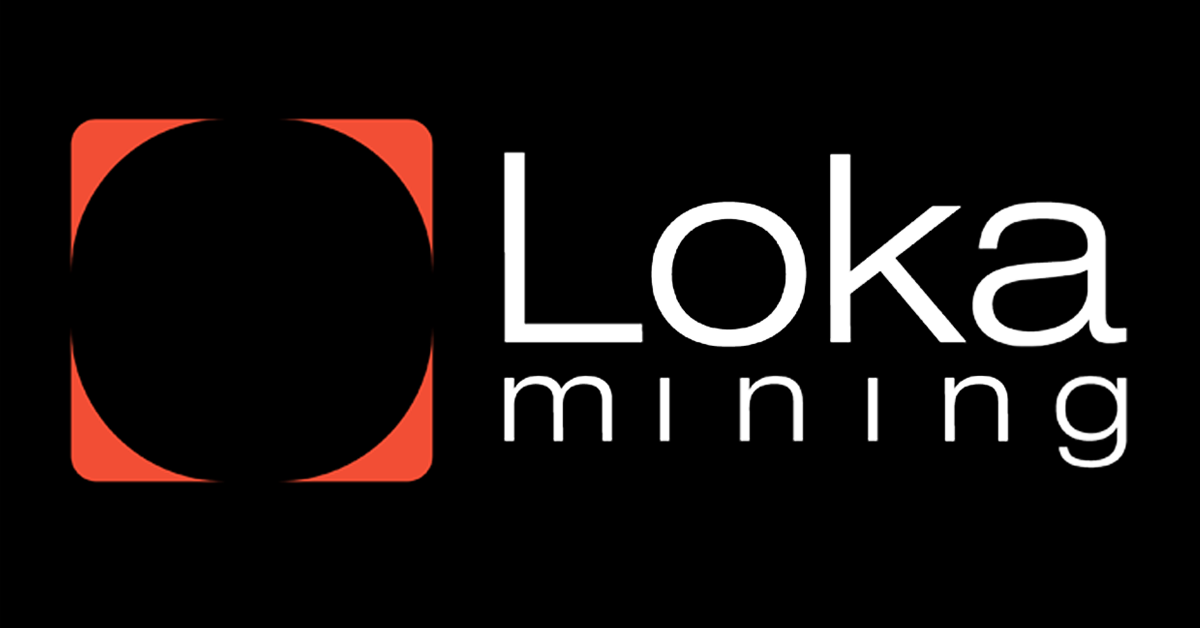Unveiling the Role of SegWit in Reducing Bitcoin Transaction Costs

Bitcoin, as the world's first digital currency, has revolutionized how we perceive financial transactions. However, with its growing popularity, the Bitcoin network often faces challenges, particularly high transaction costs and processing delays. One innovative solution introduced to address these issues is Segregated Witness, commonly referred to as SegWit. This article delves into what SegWit is, how it works, and its role in reducing Bitcoin transaction fees.
What is SegWit?
Segregated Witness (SegWit) is a protocol upgrade for Bitcoin activated in 2017 via a soft fork. Its primary aim is to enhance the Bitcoin blockchain's capacity by altering how transaction data is stored within a block.
Specifically, SegWit separates the digital signature data (witness data) from the main transaction data. By moving signature data to a separate section, the effective size of transactions is reduced, enabling more transactions to fit into a single block.
How Does SegWit Work?
Before SegWit, digital signature data was an integral part of every Bitcoin transaction, often occupying up to 60% of the transaction's total size. SegWit addresses this issue by:
- Separating Signature Data: Signature data is moved to a separate section known as the "witness structure."
- Reducing Transaction Size: Transaction sizes are recalculated without including signature data, thereby decreasing their "weight."
- Increasing Block Capacity: With smaller transaction sizes, more transactions can be included in each 1 MB block, effectively increasing the network's capacity.
Impact of SegWit on Transaction Costs
SegWit brings several significant advantages in reducing transaction costs on the Bitcoin network:
1. Reducing Transaction Size
By removing signature data from the main transaction data, SegWit effectively reduces transaction size. This translates to lower fees, as costs are calculated based on the transaction's size in bytes.
2. Enhancing Block Efficiency
SegWit allows more transactions to fit into a single block, reducing the transaction backlog in the mempool and directly lowering fees during periods of lower network congestion.
3. Enabling New Technologies
SegWit paves the way for innovations like the Lightning Network, which facilitates microtransactions with significantly lower fees.
4. Mitigating Fee Volatility
In a non-SegWit network, transaction fees often surge during periods of high activity. SegWit helps stabilize fees by increasing network capacity.
Additional Benefits of SegWit
Beyond reducing transaction costs, SegWit offers other benefits that contribute to the stability and efficiency of the Bitcoin network:
1. Fixing Transaction Malleability
SegWit resolves a technical weakness in the Bitcoin protocol known as transaction malleability, where transaction data could be altered without affecting its content. This fix enables the development of advanced technologies like the Lightning Network.
2. Improving Network Scalability
By increasing block capacity, SegWit allows Bitcoin to process more transactions per second (TPS), enhancing the network's scalability.
3. Supporting Technological Innovations
The adoption of SegWit encourages the development of off-chain solutions like the Lightning Network, improving transaction efficiency without overburdening the main blockchain.
Challenges and Criticisms of SegWit
Despite its benefits, SegWit faces several challenges and criticisms:
- Slow Adoption: Not all Bitcoin wallets or services support SegWit, resulting in uneven usage across the network.
- Implementation Complexity: Some users and developers view SegWit as a temporary fix, advocating for more fundamental upgrades.
- Dependence on Community Support: The success of SegWit heavily relies on the Bitcoin community's participation and adoption.
Conclusion
Segregated Witness (SegWit) is one of the most significant innovations in Bitcoin's history. By reducing transaction sizes and increasing block capacity, SegWit has successfully lowered transaction costs and improved network efficiency. While challenges remain in its adoption, the long-term benefits of SegWit have paved the way for new technologies that are more efficient and scalable.
For Bitcoin users, adopting wallets that support SegWit and utilizing this feature can help save on transaction fees while contributing to the network's overall efficiency. With solutions like SegWit, Bitcoin continues to evolve to meet the needs of its users for the future.
This article presented by Loka Mining.
Loka is revolutionizing the Bitcoin mining ecosystem by directly connecting investors with Bitcoin miners through a decentralized mining pool and an upcoming permissionless forward hashrate marketplace protocol.
Loka enables investors to get Bitcoin at lower than market price without centralized & counter-party risks, and Bitcoin miners to access capital efficient financing and hedge their risk exposure by selling their future mining rewards.
Find out more about loka in https://lokamining.com — or access our mining pool aggregator on https://pool.lokamining.com





